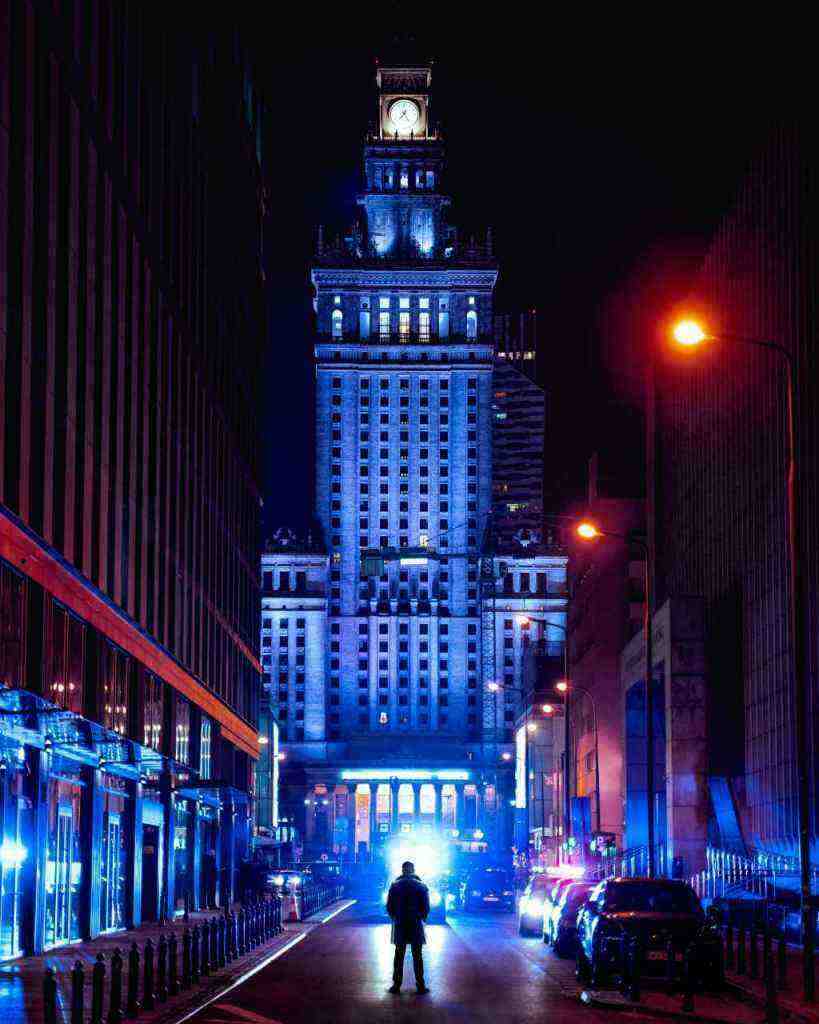Climate Activists Target Louvre’s “Mona Lisa” with Soup Protest: A Deeper Dive into the Incident and Its Context
The Evolving Landscape of Climate Activism
In recent years, the world has witnessed a surge in climate activism, with individuals and groups adopting various tactics to raise awareness about the pressing environmental challenges facing our planet. These actions have ranged from peaceful demonstrations and marches to more disruptive forms of protest, such as blocking roads, occupying buildings, and engaging in civil disobedience.
The latest in this series of events unfolded at the iconic Louvre Museum in Paris, where two climate activists from the collective Riposte Alimentaire (Food Retaliation) made headlines by throwing canned soup at Leonardo da Vinci’s renowned masterpiece, the “Mona Lisa.” This audacious act has sparked a global conversation about the intersection of art, activism, and the urgency of addressing climate change.
The Incident at the Louvre: A Detailed Account
On Sunday, May 29, 2024, two women affiliated with Riposte Alimentaire entered the Louvre Museum during its regular visiting hours. As they approached the “Mona Lisa,” one of the women swiftly unfurled a T-shirt emblazoned with the group’s logo and message, “Riposte Alimentaire.”
With calculated precision, the other woman retrieved a can of tomato soup from her bag and proceeded to hurl its contents at the protective glass encasing the painting. The red liquid splattered across the surface of the glass, creating a stark contrast against the serene smile of the “Mona Lisa.”
The incident sent shockwaves through the museum, prompting immediate action from museum security and staff. Visitors were swiftly ushered away from the area, and the “Salle des Etats” (Room of the States), where the painting is displayed, was temporarily closed for cleaning and assessment.
Assessing the Damage: A Sigh of Relief
Fortunately, the protective glass surrounding the “Mona Lisa” proved effective in shielding the painting from any direct damage caused by the soup. The Louvre Museum later confirmed that the artwork remained intact, underscoring the importance of preventive measures taken in anticipation of such incidents.
Riposte Alimentaire’s Message: A Call for Climate Action
In a statement released following the protest, Riposte Alimentaire elucidated the motivations behind their actions. The group decried the French government’s perceived inaction on climate commitments and called for the establishment of a state-sponsored healthcare system for healthy food.
They emphasized the need to provide people with better access to nutritious and sustainable food while simultaneously ensuring fair compensation for farmers. The group’s message resonated with many who share concerns about the state of the environment and the urgent need for meaningful action.
A Broader Context: Climate Protests in the Art World
The protest at the Louvre is far from an isolated incident. In recent times, international galleries and museums have increasingly become focal points for climate activists seeking to amplify their message and draw attention to the pressing need for environmental action.
In 2022, an activist smeared cake on the “Mona Lisa,” while another group threw soup at Vincent Van Gogh’s “Sunflowers” at the National Gallery in London. These actions, though controversial, have effectively captured global attention and sparked important discussions about the role of art and cultural heritage in addressing climate change.
Public Reactions: A Spectrum of Opinions
The soup protest at the Louvre has elicited a wide range of reactions from the public. Some have expressed support for the activists, commending their boldness in raising awareness about climate change. Others have condemned the act, arguing that it disrespects cultural heritage and undermines the value of art.
The debate highlights the complex and multifaceted nature of climate activism, where the means and methods employed to convey a message are often as contentious as the message itself.
Conclusion: A Catalyst for Dialogue
The soup protest at the Louvre serves as a stark reminder of the urgency of the climate crisis and the diverse approaches employed by activists to demand action. While the incident has sparked controversy, it has also ignited a global dialogue about the intersection of art, activism, and environmental responsibility.
As the world grapples with the profound challenges posed by climate change, it is imperative to foster respectful and constructive conversations that bridge divides and seek common ground. Only through collective action and a shared commitment to a sustainable future can we hope to address the existential threats facing our planet.
Call to Action: Join the conversation online using the hashtag #ClimateArtActivism and share your thoughts on the role of art in addressing climate change. Let’s work together to raise awareness and inspire meaningful action towards a greener and more sustainable future for all.
